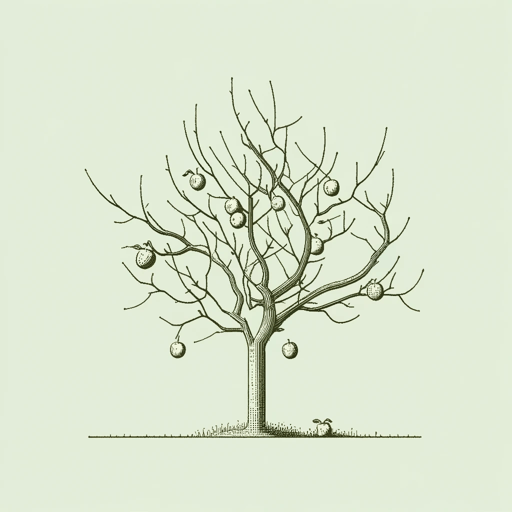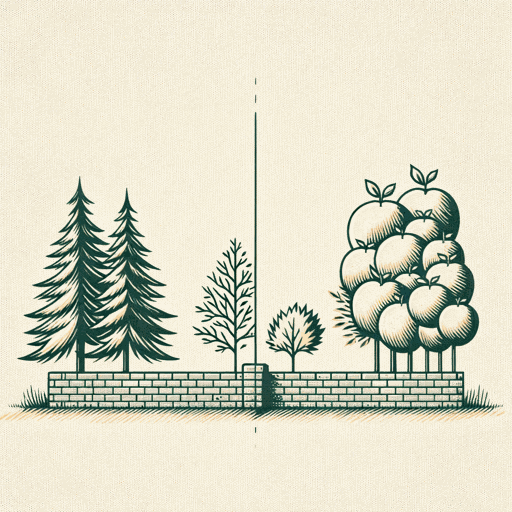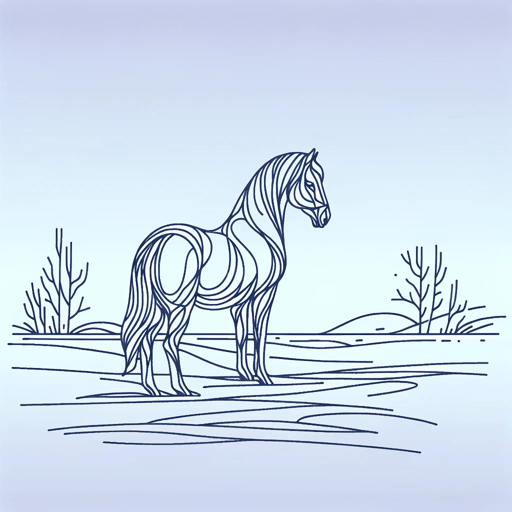21 pages • 42 minutes read
Robert FrostPutting in the Seed
Fiction | Poem | Adult | Published in 1916A modern alternative to SparkNotes and CliffsNotes, SuperSummary offers high-quality Study Guides with detailed chapter summaries and analysis of major themes, characters, and more.
Background
Literary Context: An American Formalist Amidst a Wave of Free Verse
Robert Frost was as famous as any of his American contemporaries—including Ezra Pound, T. S. Eliot, William Carlos Williams, and Gertrude Stein—but he was not like them. While these poets wrote in free verse and eschewed traditional forms, Frost was a formalist. Frost’s first book employed meter, rhyme, and traditional forms; his second book, North of Boston, is written mostly in blank verse. “Putting in the Seed” is a further example of Frost’s use of traditional forms because the poem is written in regular iambic pentameter and follows the rhyme-scheme ababababcdcdee. In fact, the poem is a sonnet, a traditional form. (For more on the form of the poem, please see the Literary Devices section.)
“Putting in the Seed” was first published in the journal Poetry and Drama in December of 1914, then later published in Frost’s third collection, Mountain Interval, in 1916 (Frost, Robert. The Poetry of Robert Frost, edited by Edward Connery Lathem, Holt, Rinehart and Winston, 1969, p. 541). At this time, most American poets were, like Frost, writing in traditional forms, but that was all about to change.
Related Titles
By Robert Frost

Acquainted with the Night
Robert Frost

After Apple-Picking
Robert Frost

A Time To Talk
Robert Frost

Birches
Robert Frost

Fire and Ice
Robert Frost

Mending Wall
Robert Frost

Nothing Gold Can Stay
Robert Frost

October
Robert Frost

Once by the Pacific
Robert Frost

Out, Out—
Robert Frost

Stopping By Woods On A Snowy Evening
Robert Frost

The Death of the Hired Man
Robert Frost

The Gift Outright
Robert Frost

The Road Not Taken
Robert Frost

West-Running Brook
Robert Frost

